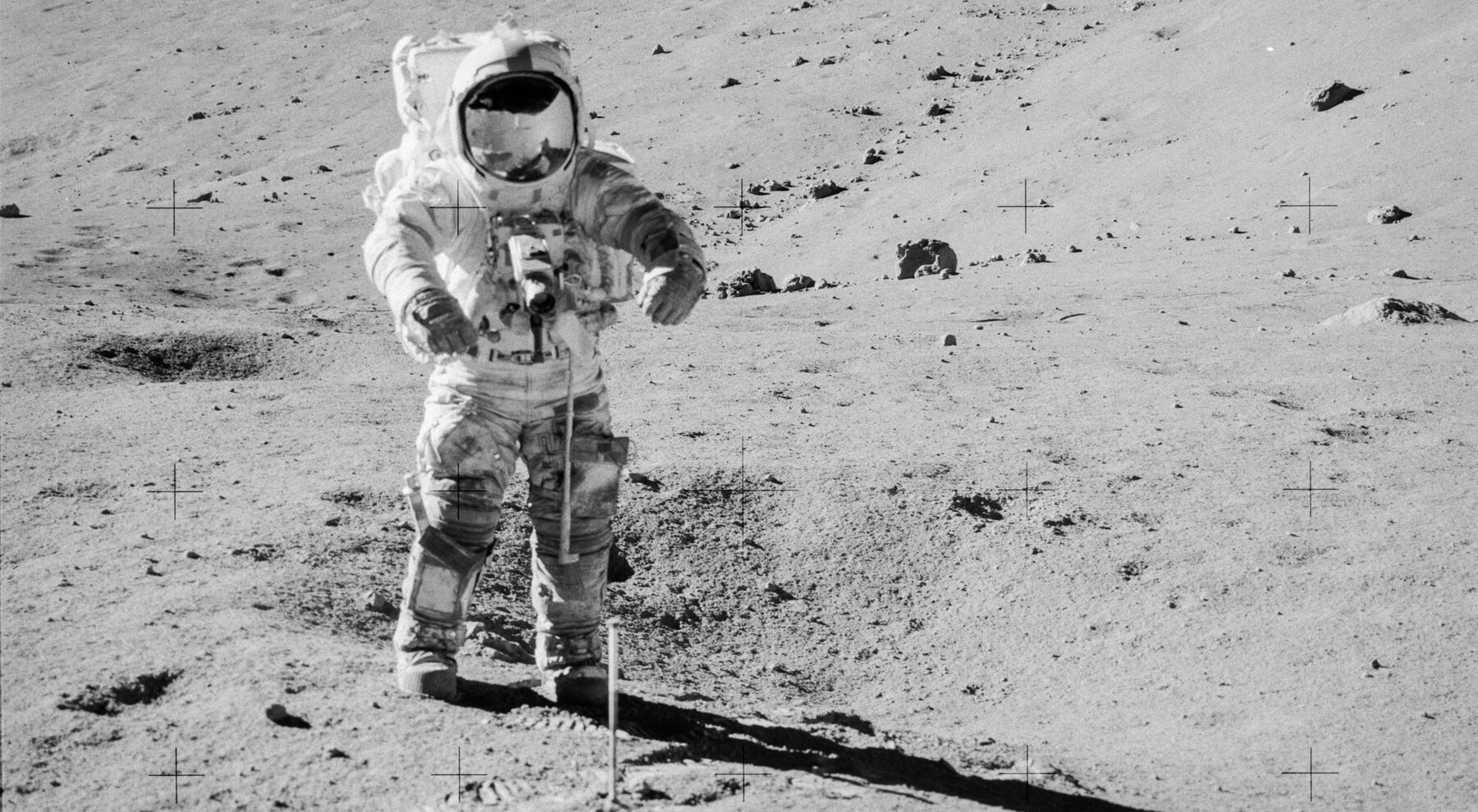Reflective panels that were installed on the Moon by NASA’s Apollo missions in 1969 suggest that the Moon is currently moving away from Earth by 3.8 cm every year.

The Moon is the only celestial body other than Earth where humans have set foot on. We have explored the surface of the Moon through various Apollo missions. We have brought back surface samples and rocks and left tons of trash up there. But we continue exploring the lunar surface to this day. Numerous landers, rovers, and satellites study Earth’s natural satellite.
And hopefully, within the next few years, the Artemis III mission will return humans to the surface of the Moon. In the future, we hope to build lunar outposts on the surface and space stations acting as gateways to beyond. I love astrophotography. Every chance I get, I take out my telescope or camera and snap dozens of images of its striking surface. Looking up at the Moon in the night sky, you cannot help but see its beauty. While observing it, you think about how much it means to Earth. However, you would never imagine that it is slowly moving away from Earth.
Goodbye Moon
Our knowledge, however, tells us otherwise. Reflective panels were installed on the Moon by NASA’s Apollo missions in 1969. According to these, the Moon is currently moving away from Earth by 3.8 cm every year. A collision between the Earth and Moon around 1.5 billion years ago can be derived from the current recession rate of the Moon. But the math does add up. It is unlikely that the current recession rate can be used to estimate the recession rate of the past. We know that the Moon was formed approximately 4.5 billion years ago.
Furthermore, an article in the Conversation described how scientists were able to uncover long-term histories of our receding Moon. Reading signals in ancient layers of rock on Earth is the way to do it, not by studying the Moon itself. For example, Western Australia’s Karijini National Park contains gorges carved through 2.5 billion-year-old sedimentary layers. A banded iron formation is a sedimentary formation composed of layers of iron and silica-rich minerals. These were once commonly found on the ocean floor. They now find their way to the oldest parts of the Earth’s crust.
Milankovitch cycles
The Australian geologist AF Trendall began exploring the origin of these ancient rock layers in 1972, raising cyclical, recurrent patterns on different scales. “Milankovitch cycles,” which cause climate variation over time, might explain these patterns. As the Earth’s orbit and its axis rotate over the course of thousands of years. Milankovitch cycles describe small, periodic changes impacting the amount of sunlight the Earth receives.
Milankovitch climate forcing has resulted in extremely cold and warm periods, droughts, and floods in the past. Sedimentary rocks exhibit these changes through cyclic changes. A Milankovitch cycle, climatic precession, directly affects the Earth-Moon distance. It is the result of the Earth’s spin axis’ precessional motion (wobble) over time that creates this cycle. In the Conversation, it is reported that the cycle currently lasts about 21,000 years, although its duration was shorter earlier when the Moon was closer to Earth.
Milankovitch cycles in old sediments can be used to estimate the Earth’s wobble period. They can also tell the distance between the Earth and the Moon during the time sediments were deposited. Research in South Africa has shown that Milankovitch cycles may have been preserved in ancient banded iron formations This supports the theory by Trendall. Around 2.5 billion years ago, banded iron formations in Australia were probably deposited in the same ocean as rocks in South Africa. Nevertheless, the cyclic variations in Australian rocks are better exposed, making it possible to study them at a much higher resolution.
A shorter day back in the “day”
Furthermore, based on an analysis of the Australian banded iron formation, cyclical variations repeat at approximately 10 and 85-cm intervals. Based on these thicknesses and the rate of sediment deposition, scientists determined that these cyclical variations occur roughly every 11,000 years and 100,000 years. A study of the rocks suggests that the 11,000 cycle is likely related to climatic precession, whose period is much shorter than the current 21,000. Based on this precession signal, researchers calculated the 2.46 billion-year-old Earth-moon distance. Based on their calculations, the Moon was around 60,000 kilometers closer to Earth at that time (roughly 1.5 times Earth’s circumference). This would result in a shorter day, about 17 hours rather than 24 hours as it is now. The study was published in the Proceedings of the National Academy of Sciences.